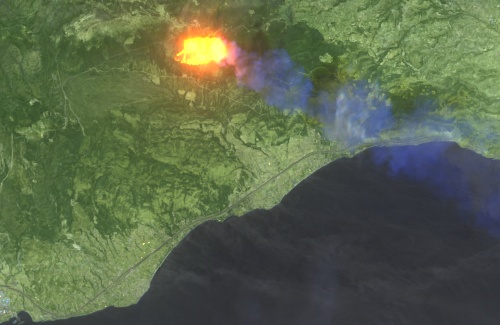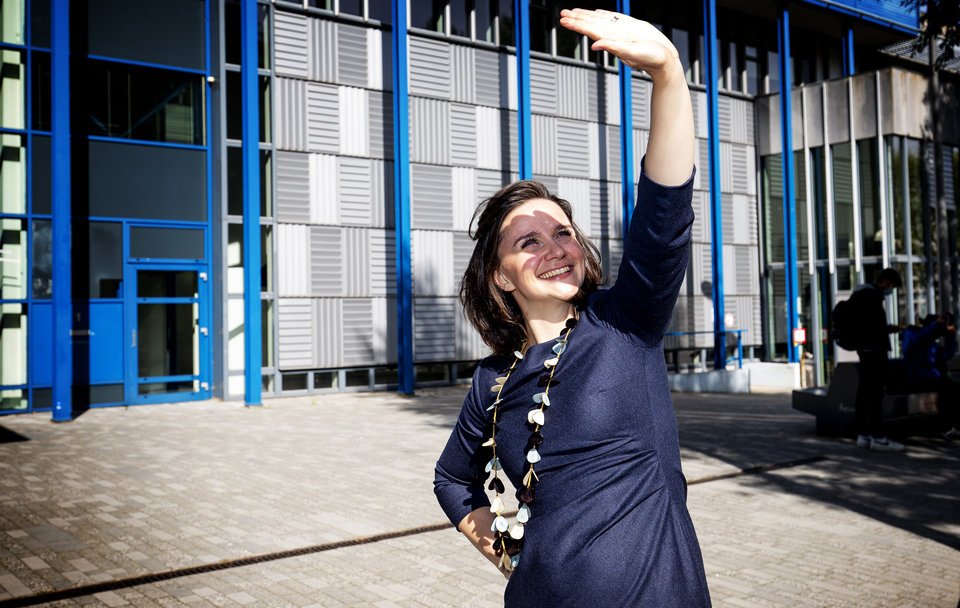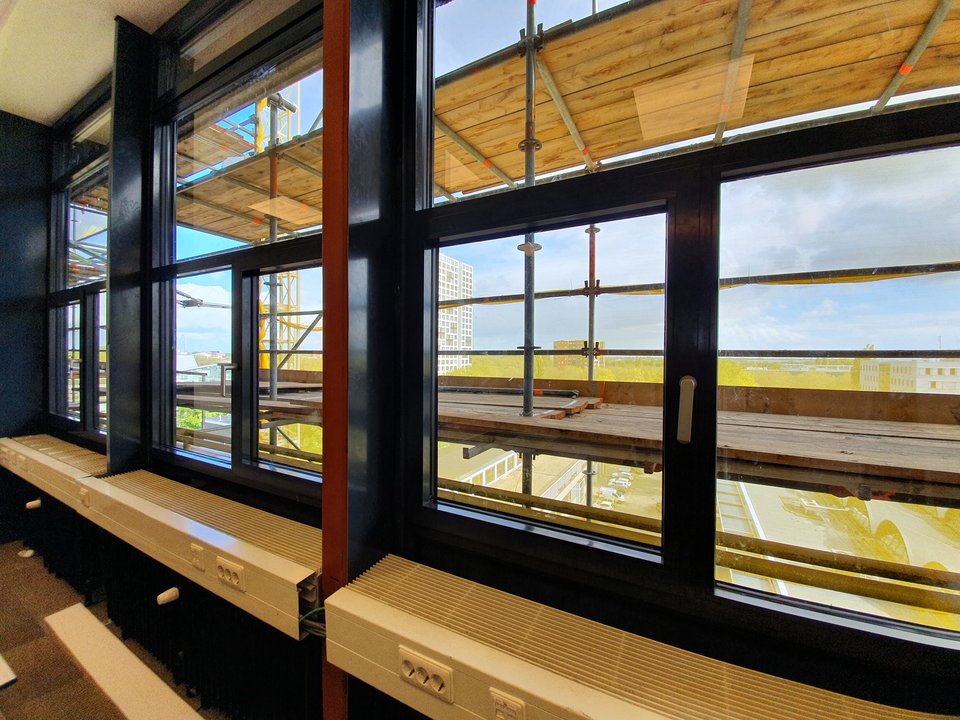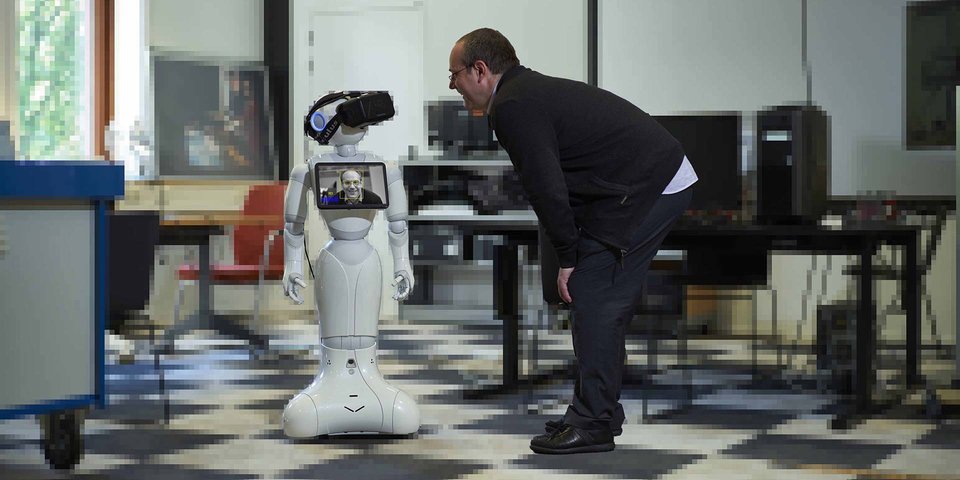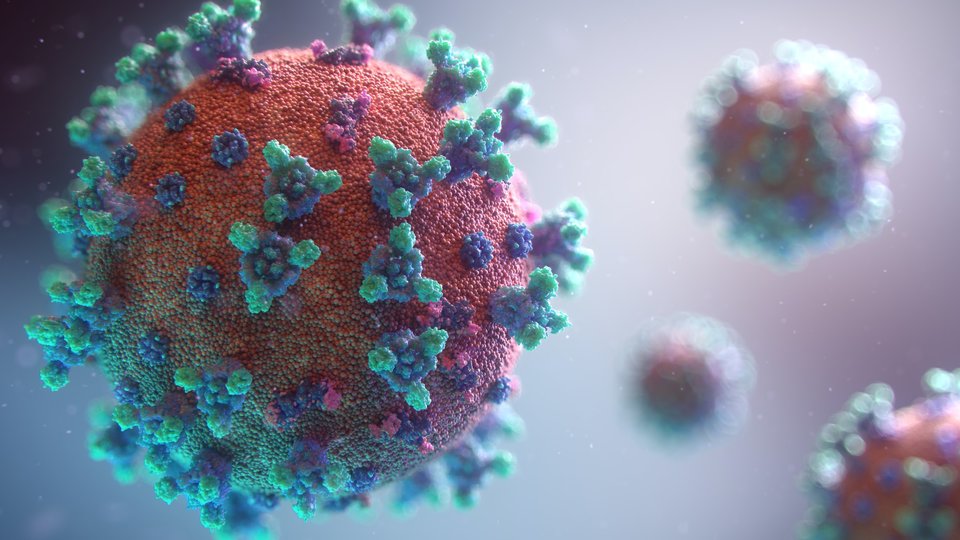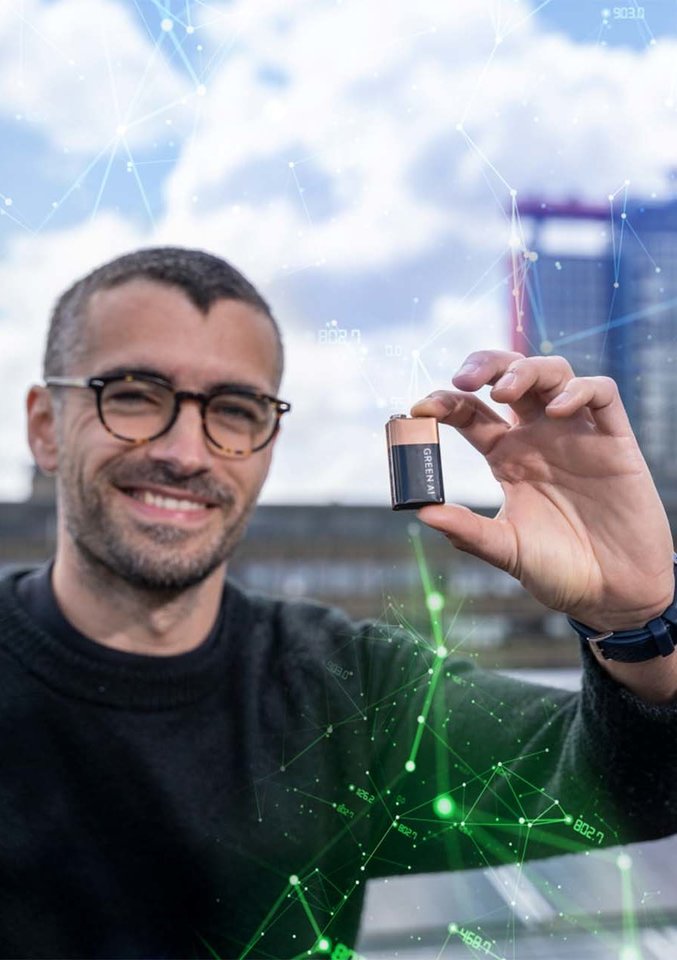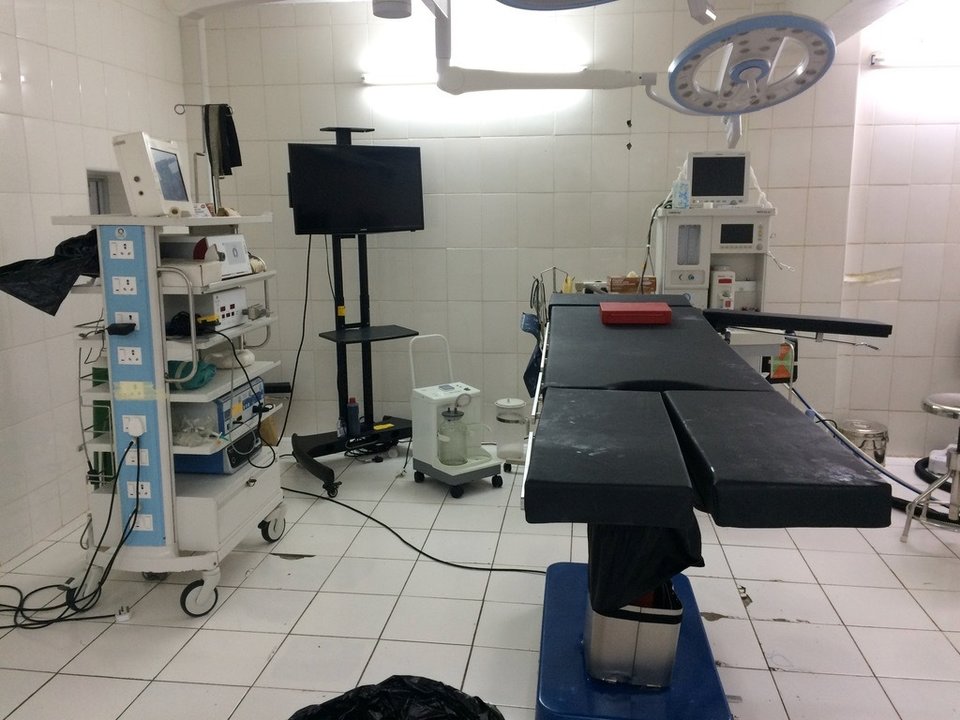Everyone knows small mistakes can have large consequences. Yet when things go wrong in the chemical industry the results can be disastrous. Genserik Reniers, Professor of Safety of Hazardous Materials at TU Delft, wants to put safety on the map better than today, in order for human suffering and economic losses to be minimised as much as possible: ‘There's a lot we can achieve relatively easy.’
Safety as a cost
‘Unfortunately, too often companies regard safety as a cost item first and an avoided cost – or hypothetical benefit – second. In many cases, decisions regarding safety are based on 'gut feeling’ and on past experience. This should not be, and it does not have to be the case.’ In his work, together with other researchers Reniers develops, among other things, models for measuring safety culture, software for smart ways of reducing the likelihood of an accident in one company leading to an accident in another nearby company, and expertise for making technical as well as non-technical barriers to safety measurable and visible. ‘These tools and this knowledge give you a better grip on the possible risk scenarios and allow you to make better, more comprehensive decisions regarding investments in safety measures.’
Safety as a hypothetical benefit
‘Of course it is important that companies are managed cost-effectively. However, for many companies there seems to be a conflict between cost-effective management and investing in safety. Too few companies realise that safety is essential to ensure sustainable and long-term profits. The costs of unsafe practices can be enormous when things go wrong, and certainly when incidents involving hazardous materials happen.’ This is why it is so important when considering safety, to not only look at your own company or at the installation in question, but also to consider the direct surroundings that could be affected in case of an incident, and also to take the economic picture of such approach into account in the risk assessment. Reniers: ‘Safety is really a hypothetical benefit, a benefit that is not visible on the financial balances, but nevertheless which is there due to not having accidents. Companies often do not realise this or not to a sufficient degree.’
Situational awareness
Reniers became fascinated by the science of safety while doing PhD research on the safety culture of chemical industrial parks. ‘I saw how diverse and gripping the safety subject is and how much misunderstandings and ignorance concerning safety still exists, among the public as well as among experts, politicians and researchers. I'm still surprised at how little common sense there exists, and how counterintuitive safety-related concepts such as probability are. Many industrial accidents can be avoided simply by a change in attitude. I want to make people aware of this.’
Unsafety is patient
The fact that, in general, industry is not open to new insights presents a particular challenge. It is difficult to change the culture, attitude and behaviour within a company. The underlying idea often is: ‘Things have gone well for years; why make a change?’ Or, as Reniers puts it: ‘Good is the enemy of great.’ However, remaining static is never an option: a so-called questioning attitude is essential as an unsafe environment is one waiting to unravel.’ Managers have a major responsibility when it comes to safety within companies. They are the ones who can effect a change in culture, motivation and attitude. ‘If top or middle management isn't very strict about enforcing safety measures, or if they are not aligned in their goals, this trickles through to the shop floor. This is why leadership is so important. Staff members need to feel truly supported in putting safety on the same level as production, for an organisation to be long-term profitable.’
Transparency and cooperation
Embedding safety in a sustainable way requires three different kinds of transparency and cooperation: (i) between companies, (ii) between companies and the authorities and (iii) between companies and the research community. There is much to be gained here. Companies do already cooperate, but mostly operational and reactive. This can be improved by considering joint safety investments, at the strategic and tactical level. ‘Sharing information about near misses and accidents allows companies to optimally learn from each other. However, this does not happen enough. Due to distrust and the fear of sanctions in the form of, for example, penalties or stricter measures imposed by government or inspectorates, sometimes information on incidents is not shared. ‘This is a missed opportunity,’ Reniers says. He is a great supporter of transparency in the industry. ‘A blame culture is disastrous when it comes to improving safety. The chemical industry can learn a lot from the aviation industry concerning openness and the relationship with government– here information about problems and mistakes is highly shared.’ At the same time, he indicates that this is something that needs to be built. You can only be transparent in a situation of mutual trust.
The role civilians play
This transparency is increasingly being asked for by society, civilians, as well. People are becoming more knowledgeable and articulate and the new Environmental and Planning Act in the Netherlands will inform them even better. Social media also makes sure that things can no longer be easily swept under the rug. This is forcing companies to be concerned with safety, as well as with ethical issues. This is a good development, as far as Reniers is concerned: “The smaller the number of incidents that could easily have been avoided, the better.”
Safety Delta Netherlands
On 5 October 2020, the (petro)chemical industry, science and the government signed a covenant in order to work together towards the safest (petro)chemical industry in the world in the Netherlands. With the Safety Delta Netherlands (SDN) covenant, the parties intend to strengthen the relationship of trust and indicate their intention to work closely together and to jointly develop, disseminate and utilise new knowledge to promote prevention and safety in the industry.

